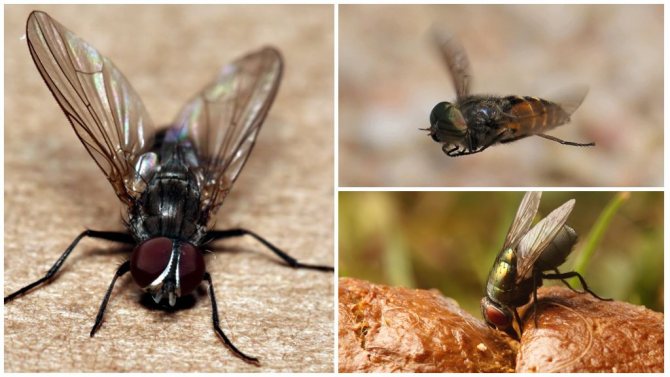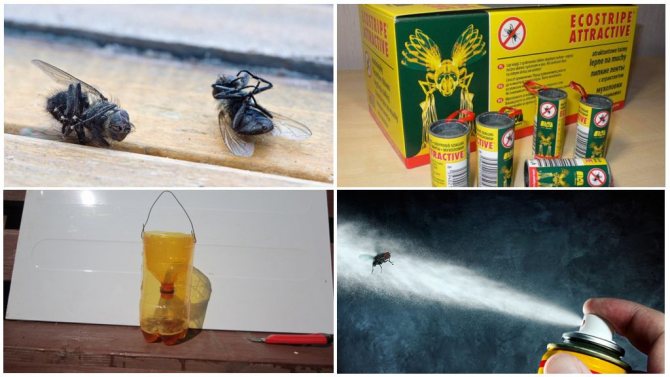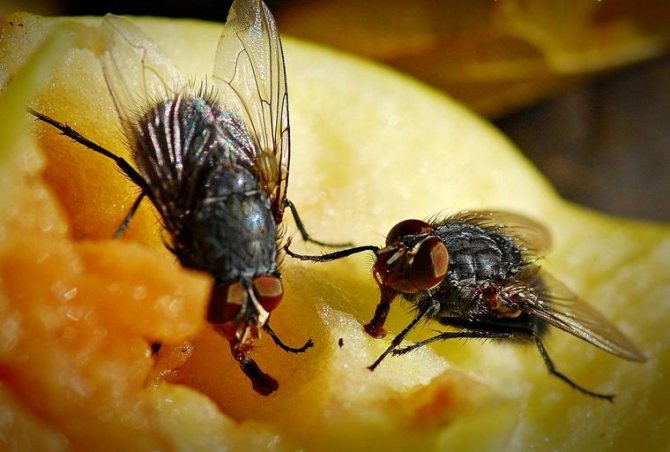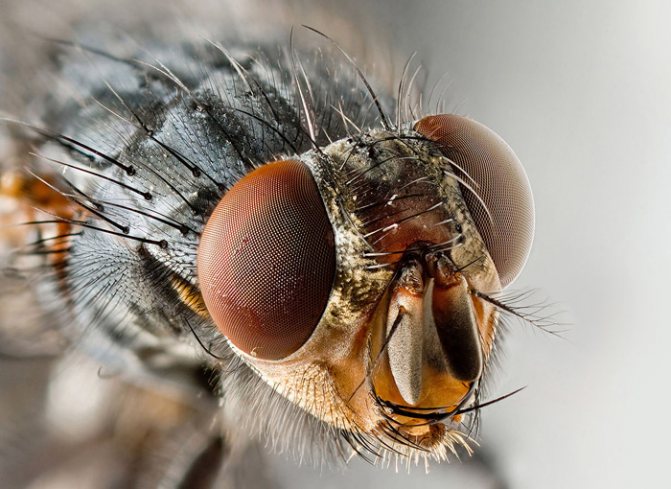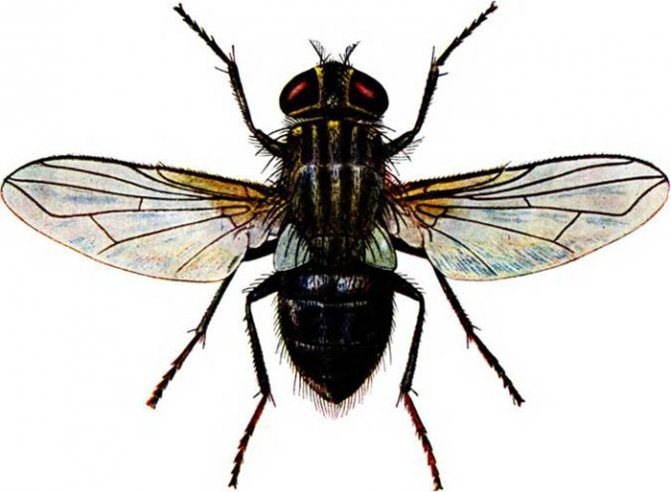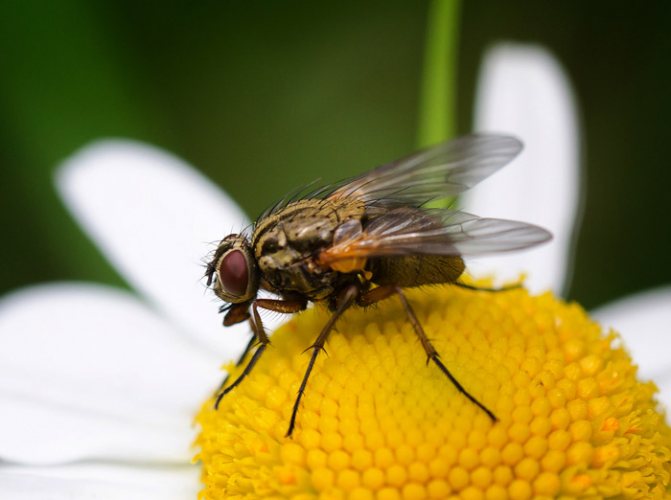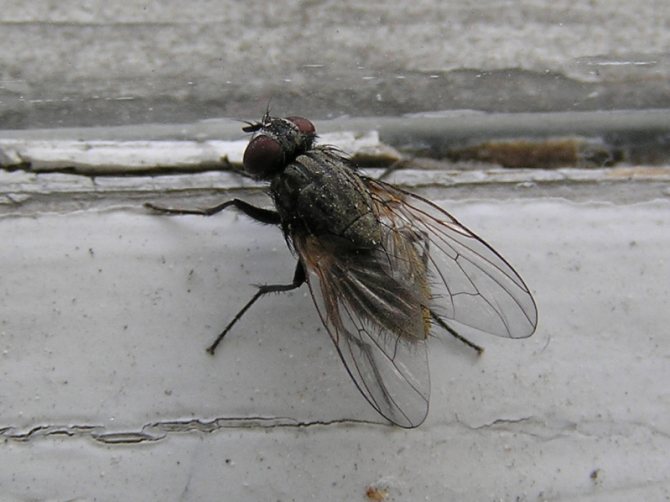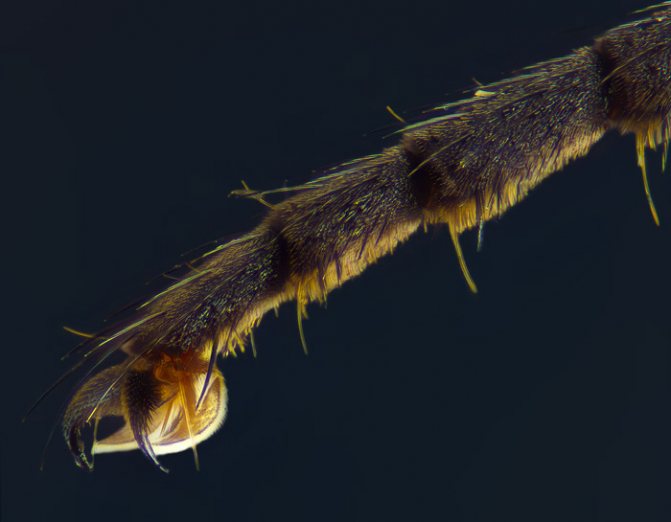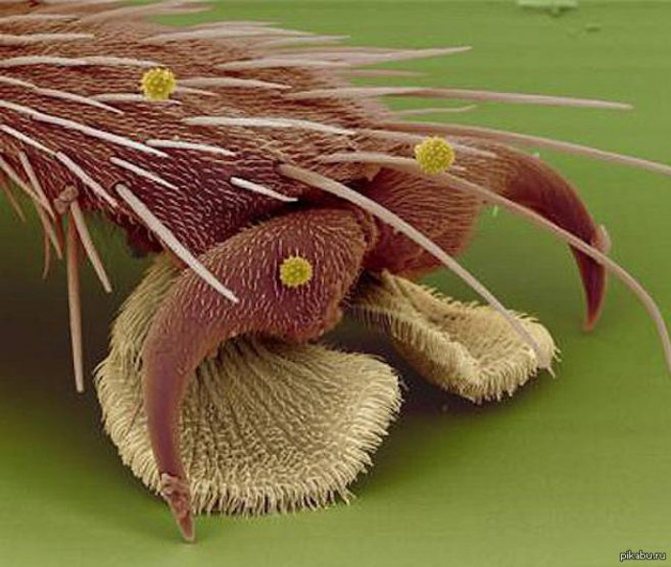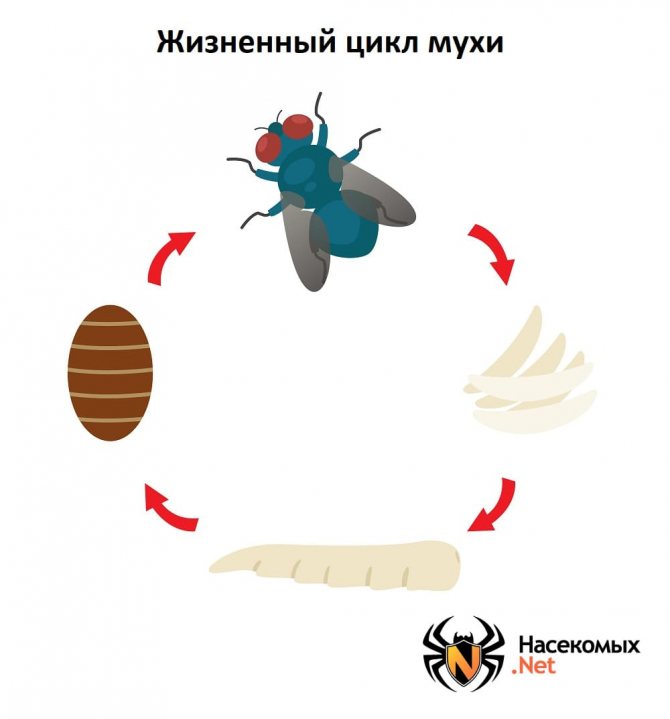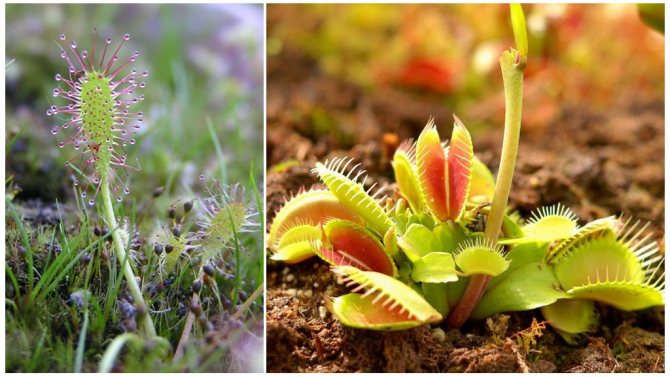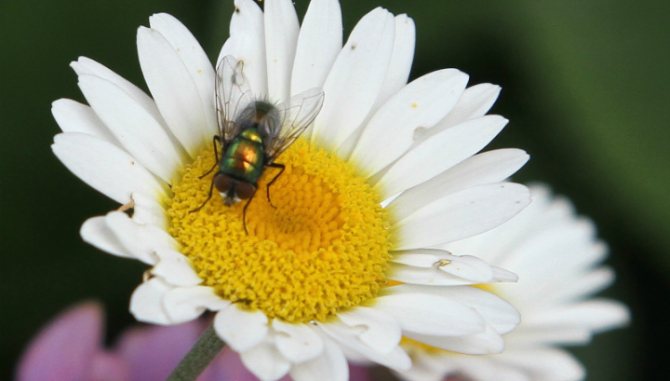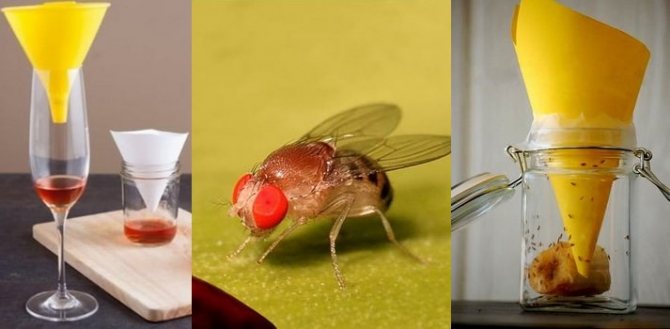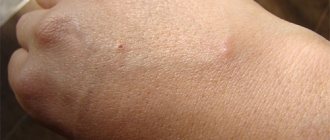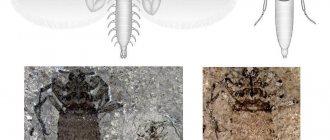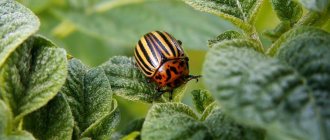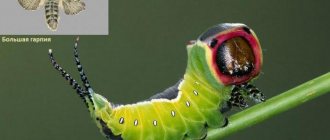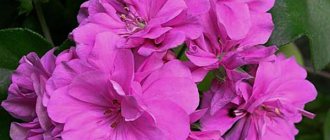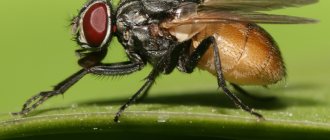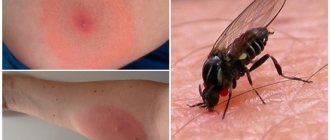The fly is an insect well known to all of us. It can cause a lot of inconvenience to a person, appearing in different places and invariably annoying with obsessive buzzing and constant presence. Flies attack people everywhere - at home, on a walk in the park or forest, while relaxing in the garden at the dacha. In our opinion, these insects are associated with unsanitary conditions and infectious diseases.
There are about 75 thousand species of flies in the world. Some are absolutely harmless and do no harm to humans. Among them there are both stinging and contagious.
What flies love
At home, several species of flies live next to a person. The most common house fly, house fly. The synanthropic species is not adapted to life in the wild, it feeds on almost everything that a person eats, as well as garbage, waste, excrement.
The insect prefers liquid food, since it is absorbed faster, pests like sweet dishes. They are attracted by their products, which show signs of decay. There are also dishes that flies prefer, and those that they eat in case nothing better.
Favorite dishes:
- fruit, vegetable juice;
- jam;
- syrup;
- sugar;
- compote;
- lemonade;
- honey.
Without much enthusiasm, but if necessary, a fly eats:
- sausage;
- porridge;
- borscht;
- soup;
- fermented milk products;
- mashed potatoes;
- candy;
- cakes;
- fruits;
- vegetables.
On a note!
The flies in the house feed on everything that can be reached. Initially, they absorb liquid foods, since less energy is spent on digesting such food, then they move on to solid ones. In order to be fully satiated, it is enough for an adult to drink a drop of juice, eat bread crumbs.
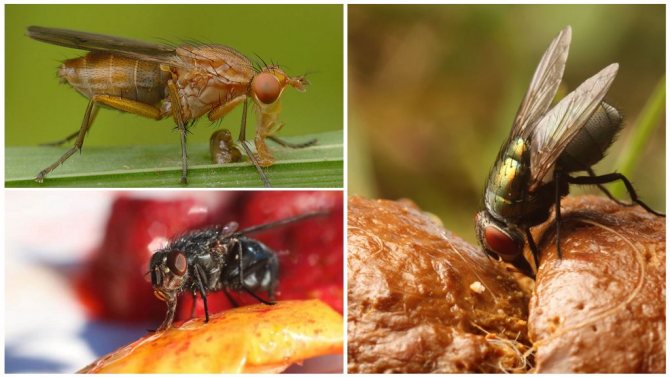
Feeding flies
Head structure
Individual parts of the fly head have their own names:
- forehead - located between the eyes, at the top it passes into the crown, at the bottom of it are antennae-antenna;
- the face of a fly is located below the whiskers and looks like a face plate bounded by the forehead and frontogenous suture;
- under the eyes are the cheeks;
- the back of the head is convex or flat (in some species it is concave);
- eyes - convex faceted, formed from many facets, facets differ in males and females - in the former they are holaptic and very close together; eye color differs in different species;
- in the oral cavity there is a proboscis instead of the lower lip with sucking lobules at the end, here the salivary gland canal passes;
- fly's jaws (upper and 1 pair of lower ones) are atrophied.
The organs of smell and taste are much more perfect and subtle in comparison with humans. The acuteness and their coughness are associated with a large number of "nostrils", although the olfactory organs are separated from the respiratory and are located on the antennae, some species of Diptera also taste with their paws, or rather their last segments on the legs.
Food in the wild
Flies in nature feed on juices of vegetables, fruits, plants, excrement, food waste. Food should be either ripe or rotten.
By the end of summer, another type of flies appears in a person's house - flies. Most of their life they live in the wild, but with the onset of cold nights, they move closer to civilization. Food is found either indoors, or in a household yard, sheds with animals.
This species prefers to feed on the blood of animals, humans. Unlike a domestic relative, her oral apparatus ends with sharp scales that gnaw through the skin. In addition to blood, burners eat food waste, excrement, fruit and vegetable juices.
Another type of flies that may be in the house are meat flies. They are somewhat larger than their domestic relative, have an attractive color with tints of green, blue, gray. Meat flies feed on almost everything the same, but also juices of meat, fish, mucus that forms on open wounds. They also often feed on a decaying mass.
Pitchers
Plants with some leaves that look like bright, pitcher-shaped flowers. But even these plants cannot be said to use trap flowers. They also have tubular leaves as traps, at the bottom of which liquid accumulates. Flies fly to the bait and drown in it. Since in fact it is a concentrated digestive enzyme.
We suggest that you familiarize yourself with: Mole in a greenhouse how to get rid of
The pitchers are painted in various bright colors, while the real flowers of the pitchers are small and inconspicuous.
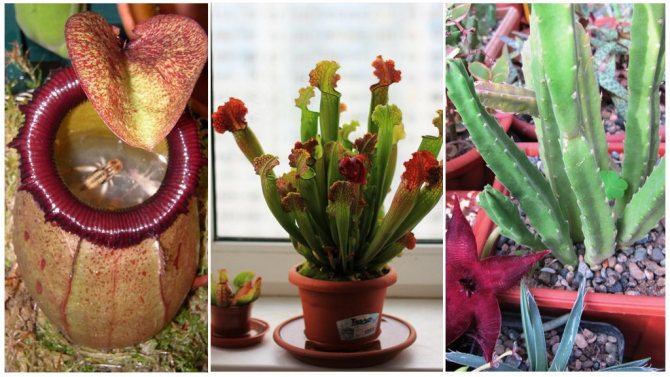

Predatory Plants: Nepentes, Sarracenia and Stapelia
Nepentes
Inhabitant of humid tropical regions. The length of the nepentes, depending on their type, is 2.5-50 cm. The largest ones can catch and digest a small mammal. Or enter into symbiosis with an animal. The large Nepenthes lowii, in addition to insects, uses the droppings of mountain tupai as a source of organic matter. And the animal feasts on nectar.
Sarracenia
The family consists of 10 species. A fly trap is a twisted, funnel-shaped leaf that grows from the root. The plant is native to North America. Sarracenia was grown as a houseplant in pre-revolutionary Russia. It grows well in pots.
Breeders have already developed new cultivated varieties of sarracenia that can be grown indoors. With good care, you can achieve blooming sarracenia.
Stapelia
A plant that is mistakenly thought to be a cactus. It blooms in large dark red flowers, exuding the smell of rotten meat. But you cannot use it to destroy flies, except to thin out their offspring.
The purpose of the slipway is to attract pollinating flies, not to catch insects. Stapelia lures meat flies to itself. Necrophages, arriving at the smell of carrion, try to lay eggs in a flower. In the process of reproduction, they get dirty in the pollen of the flower and transfer it to the next slipway. When breeding a slipway as a houseplant, pollen is wasted, like the eggs of flies, since the slipway flower lives for about a day, after which it dies. The larvae that did not have time to hatch die with it.
Larvae feeding
Food addictions also depend on the species. Fly larvae - domestic inhabitants eat juices of rotten plants, vegetables, fruits, excrement, food waste. The female lays eggs in the place where the larvae can immediately find food for themselves.
Meat fly larvae develop in meat, fish, offal. They play a major role in the decomposition of corpses. Several stages of development go through, each time increasing in size. They grow rapidly, in 3 days they increase in size from 1 mm to a centimeter. They can dwell in the damaged tissues of living animals, making numerous moves.
On a note!
Some types of blowfly larvae eat their own kind. According to the time of appearance on the corpses, experts determine the exact date of death of an animal or person. The method is used in forensic science.
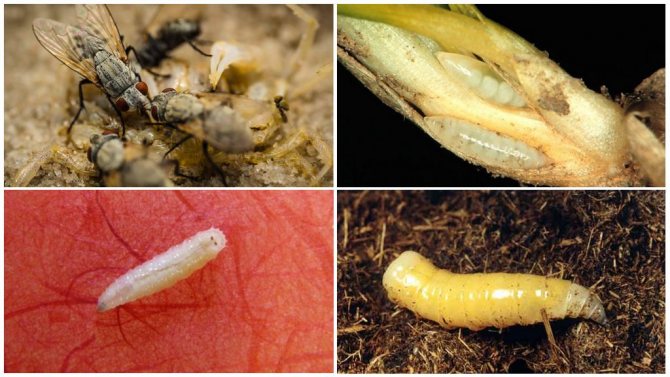

Food for larvae
Reasons for the appearance
We found out where flies appear in the apartment, now we will describe the reasons for the penetration of these insects.According to experts, parasites can be attracted by the smell of "peel" of potatoes and other food waste.
The appearance of flies is associated with the lack of basic sanitary and hygienic standards in the kitchen. With regular cleanliness and order, the winged squadron will never appear in this room.
If a lot of flies appear in the kitchen and you do not fight with them, then the insects will quickly move to other rooms of the house. Parasites are attracted by the following:
- rotting waste in the bin;
- unwashed dishes in the sink;
- crumbs of bread and grains of sugar on the table;
- traces of dirt on the floor;
- areas with high humidity.
As you can imagine, food debris and dirt in the home are considered the main factors of attraction for insects. Many people don't know when flies appear. Although this happens during the warm season, you should not relax. In autumn, pests also penetrate the apartment, here they are trying to find a convenient place for hibernation. In every house there are many corners in which winged aliens can hide.
After the owner of the house has managed to stop the invasion of pathogenic insects, it is necessary to proceed to preventive actions. Their basis is considered to be the observance of cleanliness and order not only in the kitchen, but also in other rooms. Do not create a pile of food waste, constantly take out the accumulated trash, store unused vegetables and fruits in the refrigerator or an airtight container.
Other preventive measures include the use of mosquito nets on doors and windows. Houseplants on the windowsill, for example, geraniums, tomato seedlings, eucalyptus, can also scare off flies. Insects do not like the smell of elderberry and tansy.
Flies are quite frequent guests in our apartment. These insects multiply rapidly and can harm not only humans, but also pets. The chemical preparation "Dichlorvos" will help to quickly destroy pests, but it is better not to allow them to appear in the apartment. To do this, you need to keep the house clean.
Provoking factors:
- unsanitary conditions, clutter of the apartment. Spilled juice, crumbs on the table, dirty dishes, the habit of leaving garbage out for later, greasy rags on the sink attract harmful insects, and not only flies;
- excess moisture combined with an optimal temperature. These conditions allow buzzing pests to reproduce actively;
- food in the public domain. Not all housewives immediately put food in the refrigerator and bags, some store supplies in containers with loose lids. If a fly smelled a delicacy, it will definitely get to it;
- rare ventilation of premises, lack of sunlight, accumulation of dust and old things. Pests easily hide in secluded corners, actively lay eggs where no one sees them and is not going to drive them out of their homes;
- heat. This factor attracts insects as much as food. Flies basking in the sun are a common sight. A person's dwelling is favorable conditions for life and reproduction. That is why flies live in the apartment even in winter.
Host rules:
- cleanliness in the apartment;
- no rotten food waste;
- order on the dining table;
- storing food in closed containers or refrigerator;
- acceptable air humidity in residential and utility rooms;
- no trash;
- a lot of light, clean windows;
- bouquets of odorous plants in vases and cabinets to repel harmful insects;
- mosquito nets on the windows;
- protective grilles with small cells on the ventilation openings;
- when buying - attention to vegetables and fruits: often adults hide among the tops or leaves, get home after a visit to the supermarket or the market.
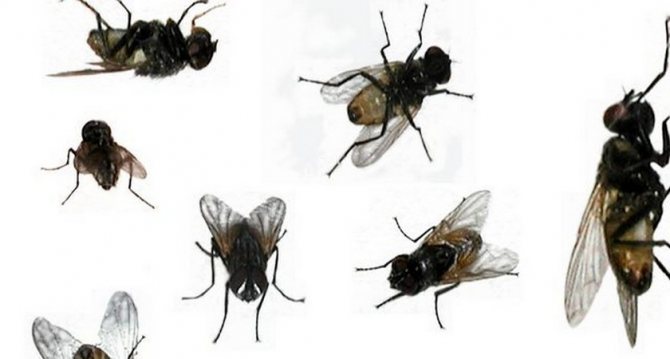

If buzzing insects are in the apartment, it is important to know how to deal with unpleasant "neighbors" correctly. It must be remembered that flies do not live long, but reproduce quickly.
The use of folk methods, traps and chemicals, the elimination of factors attracting annoying creatures, will certainly give a result.
Attention! Only today!
How does a fly eat
The mouth apparatus of this insect is an oblong tube; in meat flies, the so-called teeth are located at the end. With the help of the proboscis, the insect draws in food. If the food is solid, it initially injects a special secret that breaks down the food. There is no digestive apparatus as such. Digestion is carried out outside, the fly sucks in already processed food.
The larvae are fed in the same way. The substance that they secrete is the strongest antibiotic. This provides them with a free existence along with a large colony of harmful microorganisms.
How to determine if a fruit or other midge has settled in your home?
What kind of fruit midges are they that choose berries and fruits, sweet liquids as their habitat? For a person who does not understand the varieties of flies, it is sometimes difficult to distinguish a fruit midge from a sewer one.
They have a number of features that will allow them to be "identified":
- Small sizes of 1-3 mm.
- Oval, bulbous body.
- Slow, so-called "drunk" flight.
- Two symmetrical wings and 6-8 legs.
- The color of insects can be brown, yellow, less often black, orange.
Fruit midges lay eggs only on the surface of fruits, berries and vegetables, and overripe fruits and the appearance of a nutrient medium, the larvae turn into midges. For human health, these midges are not dangerous, then the neighborhood with them does not become more pleasant from this. Mokshas fly into the mouth, nose, stain windows, furniture, walls, textiles, and give the house an unaesthetic look.
If a midge appears, how to get rid of it is a paramount question. The main rule is to leave the midges without food and a nutrient medium, that is, remove fruits, especially citrus fruits, out of the reach of an inaccessible place, do not spray air fresheners from the aromas of cherry, lemon and orange. And then the midges will die or simply fly away to look for more favorable conditions. Despite their modest size, fruit flies are capable of flying over great distances.
Getting rid of midges is a troublesome task. Therefore, you need to keep the apartment and house clean, make sure that the trash can is regularly thrown out, so that no food debris, pieces of fruits and vegetables, or spilled liquids remain behind and under the furniture.
It is necessary to pay due attention to the condition of the contents of the cells of pets and the soil in the pots of indoor plants. Such simple prophylaxis will protect against unpleasant "neighborhood"
Who eats flies
In nature, there are natural enemies among plants, animals, birds.
- To get rid of parasites in the house, to prevent their reproduction, you need to get a beautiful flower - geranium. Its phytoncides kill insects.
- Flowers, stems of tansy secrete substances that cause muscle paralysis in insects. In the room where there is an unusual bouquet, there will be fewer parasites. Crushed dry wormwood flowers are also used to fight. They are ground into powder, applied to double-sided tape, hung in the house from the ceiling. The same effect has feverfew, which is obtained from a certain type of chamomile.
- To get rid of the flares, to prevent them from entering the house, cloves, peppermint, begonia, bird cherry, anise, valerian, eucalyptus are planted on the site.
Flies are eaten by cats, ground beetles, praying mantises, spiders, frogs, toads, birds, dogs for entertainment purposes.
Reproductive system
The genitals are located in the abdomen. In males, they are represented by testes, in females - by eggs, accessory glands and ducts. The structure of males is distinguished by the presence of special "captures". To raise offspring, each female lays 70 to 150 eggs. Some species are viviparous (meat and cadaverous).
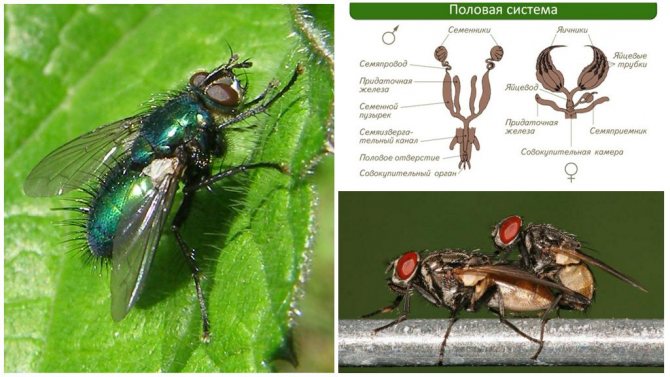

Reproductive system of flies
Interesting!
The penises of fly males were studied by Ch.Darwin, who was surprised at their complex structure and the presence of growths and hooks. Modern scientists have found that their genitals have the ability to twist up to 180 °, and some species of flies can rotate it up to 360 °. This is necessary for the convenience of pairing, so as not to turn upside down.
Development stages: a short description
For a general understanding of the development, reproduction of flies and how to combat them, it is important to know the conditions for the development of all stages.
The first stage of development of a fly is an egg. This is the shortest period of the life cycle (up to 24 hours), but also the most important. Flies make masonry in the waste of our life, corpses, garbage pits, rotten products.
A larva emerges from the egg, which looks like a thin white thread. The larva actively feeds for 5-7 days, increasing its weight 800 times. Then it acquires a brown color, and the fly passes to the next stage of its development.
The pupa is a passive stage of the life cycle that lasts up to 5 days. At this time, a significant metamorphosis (transformation) occurs inside the pupa - a young imago is formed from a shapeless larva.
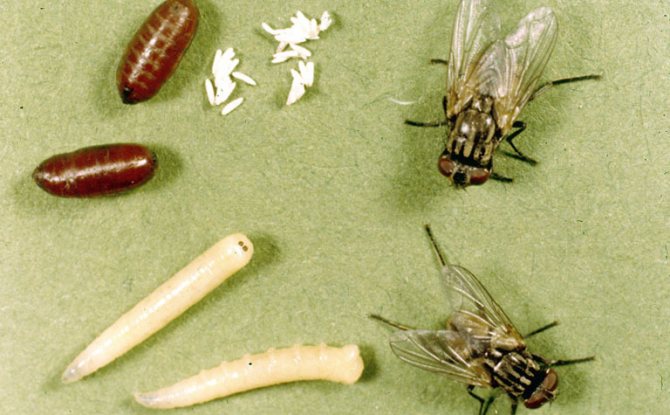

Sat on a person
If a fly is already in the house, sooner or later you will find it on yourself. And this will mean absolutely nothing, since the human body is covered with the thinnest layer of sebum, sweat and emits an appetizing smell for an insect. However, the signs ignore this fact, and for the behavior of the fly they find a completely different explanation.
Tangled in your hair
There is a version that this sign predicts separation for lovers. True, without clarification, forever or for a while, so there is a way to get rid of the bad omen. Spend the evening apart and the fly prediction will come true painlessly for both of you.
Got in the eye
The fly got in the eye - you will cry. The omen is 99% true, since our eyes are very sensitive to irritation, and after meeting with an insect rushing on low level, tears will surely pour out in hail. All the better! It means that you have already wept yours and there is no need to be afraid of troubles in the future.
Sat on the nose
Did the flyer land right on the nose? Signs remain silent, but the "Big Dictionary of Russian Sayings" (also folk wisdom!) Convicts the owner of wanting to sip a glass or two.
Into ear
There are two options for interpreting a sign:
- They gossip about you evil. But there is no reason for grief - they gossip, which means they envy, and if they envy, then there is something.
- Someone from the other world sees that you are about to stumble, and is trying to let you know about it. Just in case, remember all the proposals that have been received recently, and think about each three times before giving an answer. The habit of weighing everything once again will not let you down, even if the insect did not get close to your ears.
In the mouth
- Whoever swallows a fly will vomit. Can not argue with that. True, the belief explains this by a special favor to the annoying insects of higher powers, and modern medicine - by disgust. But the bottom line is the same anyway.
- Metaphysically, you are advised to pay close attention to what comes off your tongue. Remember how often you say unnecessary things and then regret what you said?


Sometimes a fly is a sign of good luck

